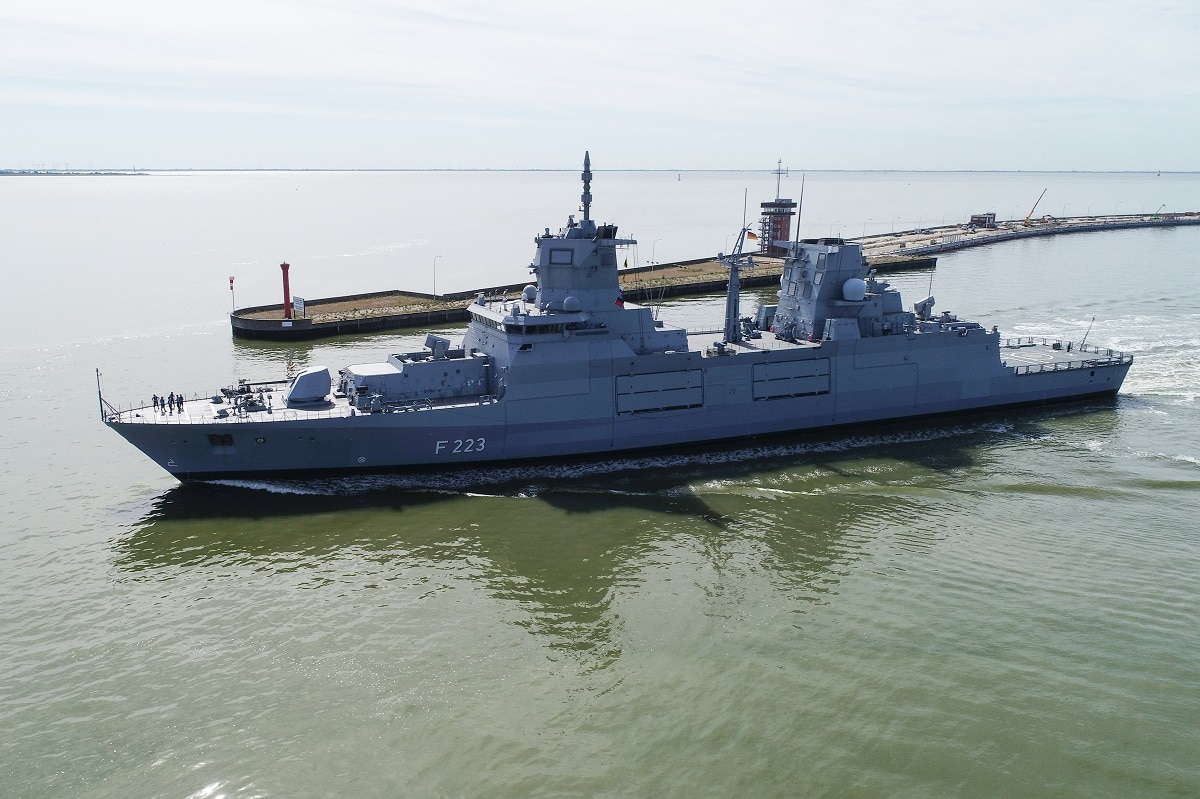Not quite, IMO. The vessel has a significantly greater displacement than an LCS, but also has a bit heavier armament. What I think is even more significant is that an F125-class frigate is supposed to have an embarked force of 50 special forces.
The two areas where the design is a bit 'light' from my POV is in terms of air defence and ASW. In addition to several rapid fire guns of various calibres ranging from 127 mm naval gun with precision munitions, to 27 mm guns, and even 12.7 mm HMG's, the class has two Block II RAM launchers with 21 missiles. That certainly works to provide a CIWS or VSHRAD capability, but the design is missing any short-medium, medium, or medium-long range air defence capability. Similarly, the lack of an ASW sonar and LWT makes the design unsuitable for ASW operations, and at least as important, would require an ASW-capable escort if the class needed to deploy to, or transit through an area with hostile subs.



